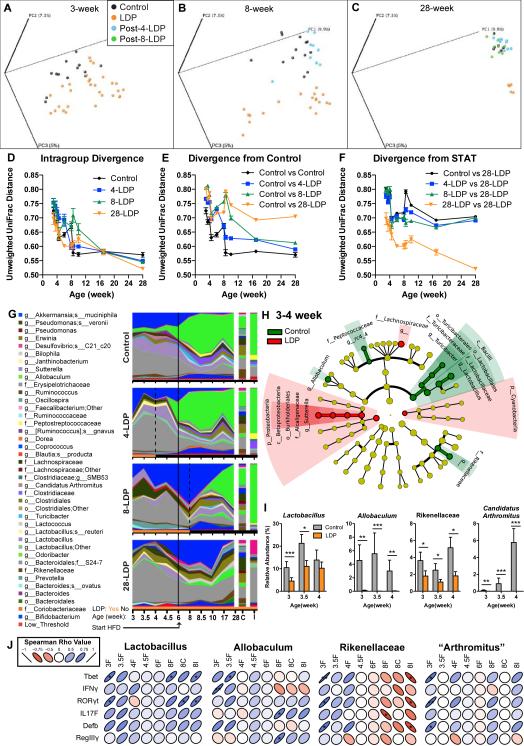Figure 6. Effect of limited early-life LDP on the intestinal microbiota.
(A-C) PCoA of the unweighted UniFrac distances computed from 16S rRNA sequences from (A) week 3, (B) week 8, (C) and week 28 microbiota in female mice receiving either 4, 8, or 28 weeks of LDP or not receiving antibiotics (control). (D-F) Intragroup and intergroup divergence measured by unweighted UniFrac distances over time. (G) Relative abundance of the major taxa (>1% in any sample) in the intestinal microbiota. Dotted lines show cessation of antibiotics, and the solid line shows start of HFD. (H) Phylogenetic representation of the taxa in the week 3, 3.5, and 4 fecal samples significantly associated with control (green) or LDP (red), as determined by LEfSe. (I) Relative abundance of Lactobacillus, Allobaculum, Rikenellaceae, and Candidatus Arthromitus (SFB) in 3-4 week fecal samples. Graphs are displayed as mean ± SEM, * p < 0.05, ** p < 0.01, *** p < 0.001 Mann-Whitney U. (J) Spearman correlation of relative abundance of early-life (weeks 3-8) Lactobacillus, Allobaculum, Rikenellaceae, and Candidatus Arthromitus (SFB) with expression of ileal genes involved in intestinal defense. * p < 0.05, ** p < 0.01. See also Figure S6, and Table S4-5.

